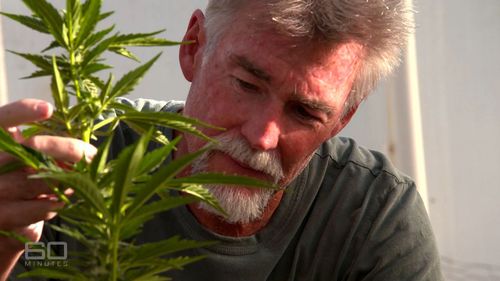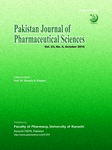
“HISTORY OF THERAPEUTIC USE
The first formal report of cannabis as a medicine appeared in China nearly 5000 years ago when it was recommended for malaria, constipation, rheumatic pains and childbirth and, mixed with wine, as a surgical analgesic. There are subsequent records of its use throughout Asia, the Middle East, Southern Africa and South America. Accounts by Pliny, Dioscorides and Galen remained influential in European medicine for 16 centuries.”
“It was not until the 19th century that cannabis became a mainstream medicine in Britain. W. B. O’Shaughnessy, an Irish scientist and physician, observed its use in India as an analgesic, anticonvulsant, anti-spasmodic, anti-emetic and hypnotic. After toxicity experiments on goats and dogs, he gave it to patients and was impressed with its muscle-relaxant, anticonvulsant and analgesic properties, and recorded its use-fulness as an anti-emetic.”
“After these observations were published in 1842, medicinal use of cannabis expanded rapidly. It soon became available ‘over the counter’ in pharmacies and by 1854 it had found its way into the United States Dispensatory. The American market became flooded with dozens of cannabis-containing home remedies.”
“Cannabis was outlawed in 1928 by ratification of the 1925 Geneva Convention on the manufacture, sale and movement of dangerous drugs. Prescription remained possible until final prohibition under the 1971 Misuse of Drugs Act, against the advice of the Advisory Committee on Drug Dependence.”
“In the USA, medical use was effectively ruled out by the Marijuana Tax Act 1937. This ruling has been under almost constant legal challenge and many special dispensations were made between 1976 and 1992 for individuals to receive ‘compassionate reefers’. Although this loophole has been closed, a 1996 California state law permits cultivation or consumption of cannabis for medical purposes, if a doctor provides a written endorsement. Similar arrangements apply in Italy and Canberra, Australia.”
“Results and Conclusions Cannabis and some cannabinoids are effective anti-emetics and analgesics and reduce intra-ocular pressure. There is evidence of symptom relief and improved well-being in selected neurological conditions, AIDS and certain cancers. Cannabinoids may reduce anxiety and improve sleep. Anticonvulsant activity requires clarification. Other properties identified by basic research await evaluation. Standard treatments for many relevant disorders are unsatisfactory. Cannabis is safe in overdose but often produces unwanted effects, typically sedation, intoxication, clumsiness, dizziness, dry mouth, lowered blood pressure or increased heart rate. The discovery of specific receptors and natural ligands may lead to drug developments. Research is needed to optimise dose and route of administration, quantify therapeutic and adverse effects, and examine interactions.”
http://bjp.rcpsych.org/content/178/2/107.long
 “Cannabinoids, active components of the plant Cannabis sativa, had been used for centuries in ancient medicine as therapeutic remedies for a variety of conditions, before becoming stigmatized due to their psychoactive effects.
“Cannabinoids, active components of the plant Cannabis sativa, had been used for centuries in ancient medicine as therapeutic remedies for a variety of conditions, before becoming stigmatized due to their psychoactive effects.
 “Olivia Newton-John says medicinal marijuana is a key part of her treatment for stage four cancer. In an exclusive interview with 60 Minutes reporter Liz Hayes, Newton-John says that not only has cannabis assisted with her pain management, sleep and anxiety – but it’s having affects on her physical health too. “I’m incredibly pro cannabis,” she told Liz Hayes. “If I don’t take the cannabis, I can feel the pain so I know it’s working.”
“Olivia Newton-John says medicinal marijuana is a key part of her treatment for stage four cancer. In an exclusive interview with 60 Minutes reporter Liz Hayes, Newton-John says that not only has cannabis assisted with her pain management, sleep and anxiety – but it’s having affects on her physical health too. “I’m incredibly pro cannabis,” she told Liz Hayes. “If I don’t take the cannabis, I can feel the pain so I know it’s working.”





